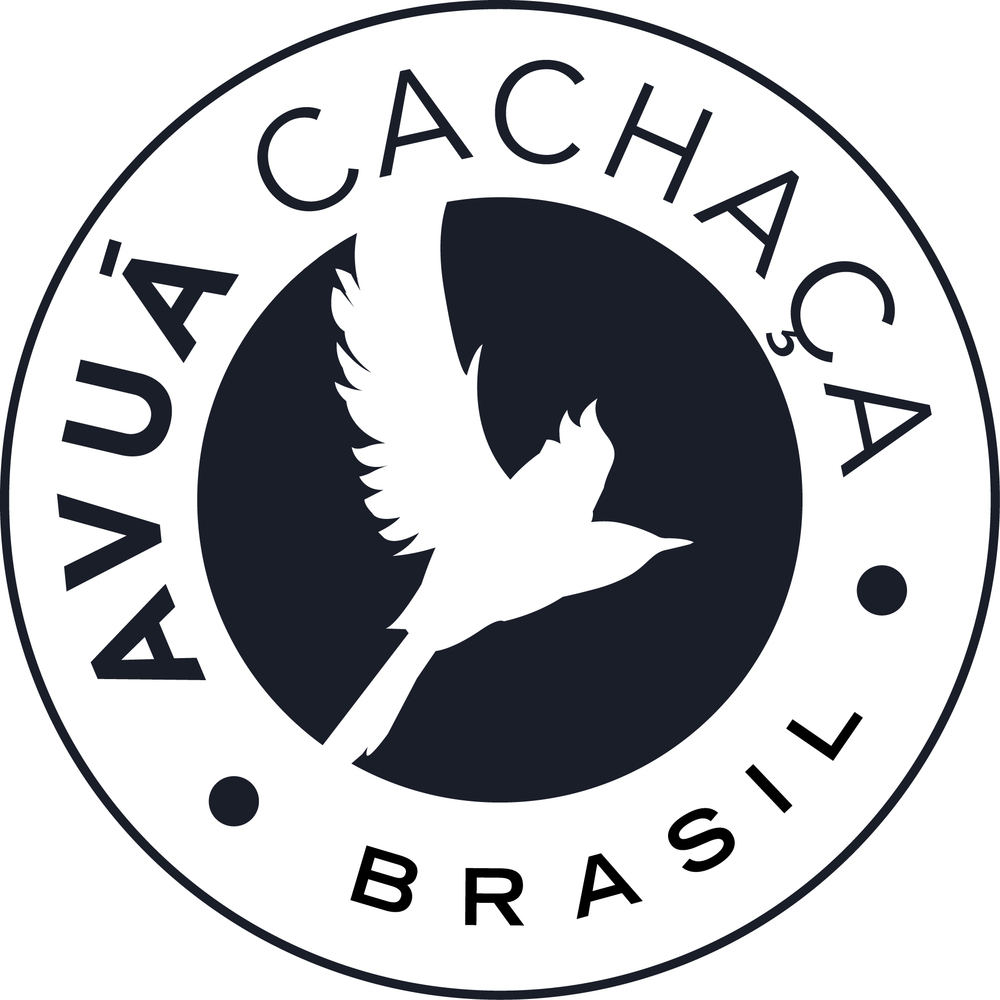THE GRASS THAT GIVES HONEY
Sugar is a herbaceous grass of the family Gramineae, of which there are six species. One of the most prominent is a species called Saccharum officinarum, sometimes called “noble cane”. It is a large grass which can grow to twelve to fifteen feet tall.
Many historians believe that sugarcane was first domesticated in New Guinea, and diffused out to Southeast Asia in three waves. The first was in approximately 8,000 B.C., followed by one around 6,000 B.C. to India, the Philippines, and potentially Indonesia.
Crushing sugarcane leads to a type of juice, in Latin America called guarapa or guarapo. The creation of sugar, as modern people knows it, occurs by boiling off the water in the solution of pressed cane until the supersaturation of the mixture, creating crystallization. Subsequently, the crystals can be treated for different types of colors of sugar.
THE MANY TYPES OF SUGARCANE
The main types of sugarcane have been reproduced and hybridized by a number of different cultures across history, starting most likely with cultures on the Indian subcontinent and Persia. The production of sugar was transferred via the Muslim world to Christian cultures with the Crusades, with the historical Omayyad slave production areas in Egypt, Sicily and others, transferring to Madeira and thence Brazil and the Caribbean, along with their tragic economies which led to the forced transfer of approximately twelve million Africans to the New World, as well as transfer of “undesirables” from the European continent, Melanesia, and India.
Introduced in the early 1500s from the island of Madeira, Brazil has been a locus for sugar production across its post-colonial history and dominated the European sugar trade until the change in trading patterns caused Portuguese/Brazilian sugar to drop off and be produced on English islands. However, a large percentage of global sugar production still comes from Brazil as a commodity-dependent economy.
As a key part of its economy, there is substantial agricultural research done in Brazil. Cane types have a massive diversity of their production in size, sugar content, efficiency, pairing to certain ecosystems and fundamentally flavor. Many of these types have been identified by cachaça producers are superior for flavor or production.
TYPES OF CANE USED IN AVUÁ
With the production of Avuá, five types of cane are used which were hybridized from pre-existing types of cane from universities in São Paulo. The first two letters identify the original hybridization location (SP = University of São Paulo; RB = University of Rio Branco) as well as unique identifier. These are given unique identifiers which are:
SP. 80.1816
SP. 80.3280
RB. 86.7515
RB. 85.5536
The area of Avuá production is a hilly area near the border of Minas Gerais and Rio de Janeiro. This area, traditionally used for sugarcane and then coffee production, was a part of trade networks along the Rio Paraiba to move gold and other commodities for transport back to Portugal.
The cane types are planted in areas called canaviels. The size of these fields vary with the hilly topography. Each cane field has one cane type used and each field goes into one lot of Avuá. Therefore, you will see variability in each lot of Avuá depending on cane type. Approximately one hectare yields about 10,000 liters of cachaça.
SP80.1816
RB85.5536
SB80.3280
TERROIR AND CANE JUICE DISTILLATES
One of the interesting elements with sugar cane juice distillates like cachaça, rhum agricole from Martinique and Guadeloupe, Mexican distillates like paranubes, and the Haitian distillate clairin, is that the production process retains a strong original variety of the cane and the yeast. Thus, while production styles can vary in the same way that molasses-based rums can as well (Barbadian, Jamaican, Cuban, etc), the cane juice source will impact the ultimate flavor in a profound way, giving a type of terroir.
If you have specific questions about Avuá production or the profound and lengthy history of cachaça production, please reach out to nate@avuacachaca.com.br



